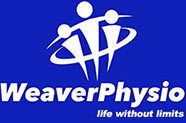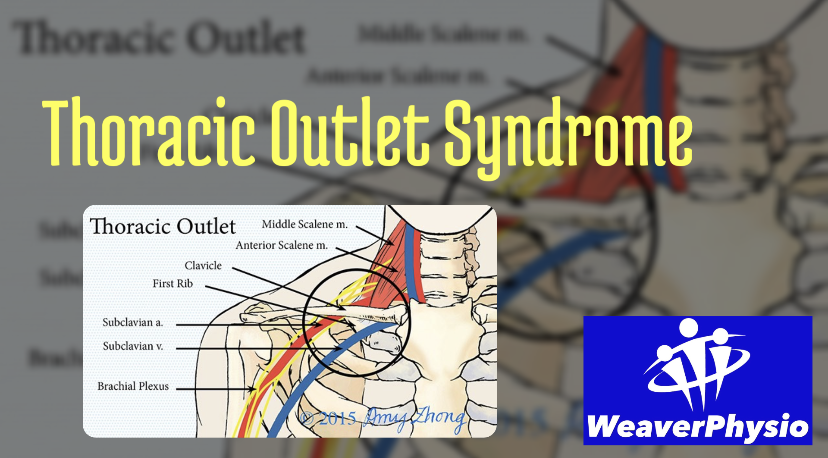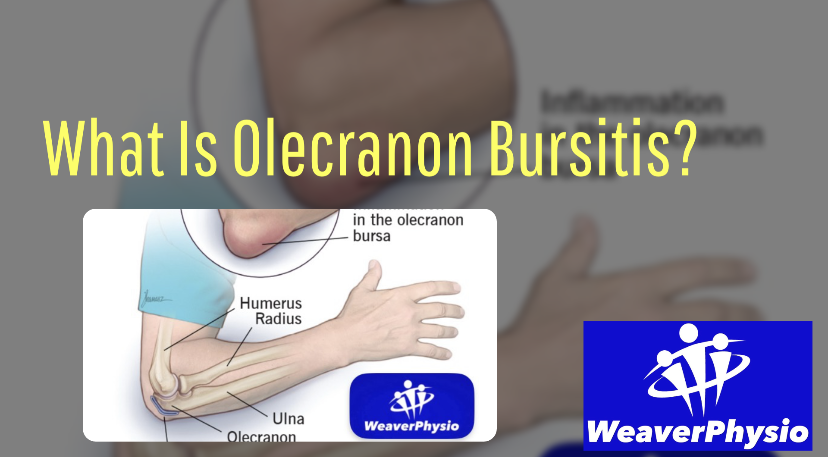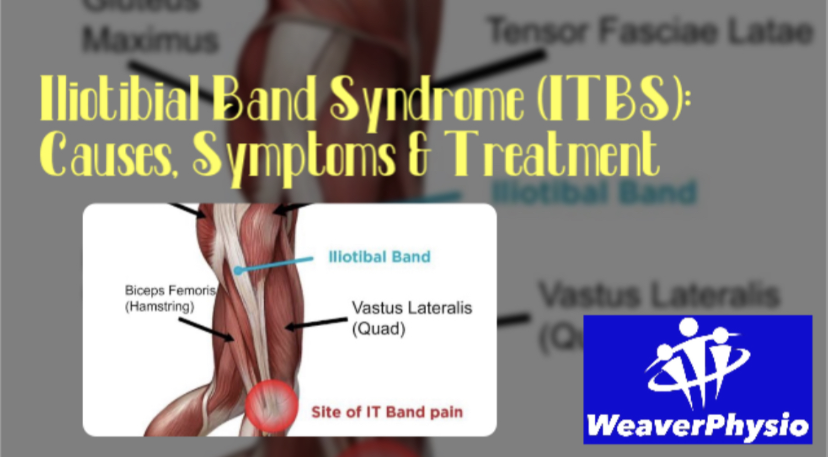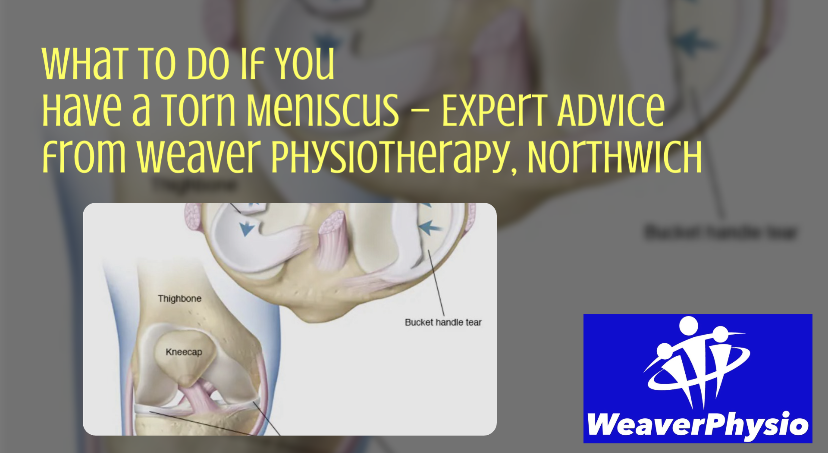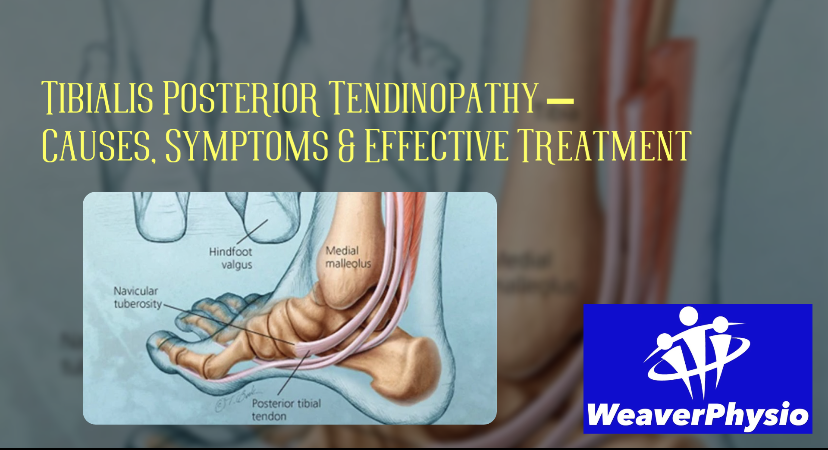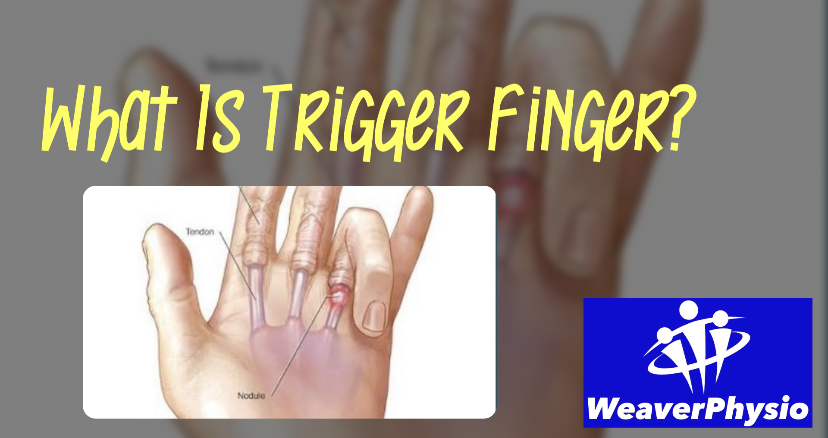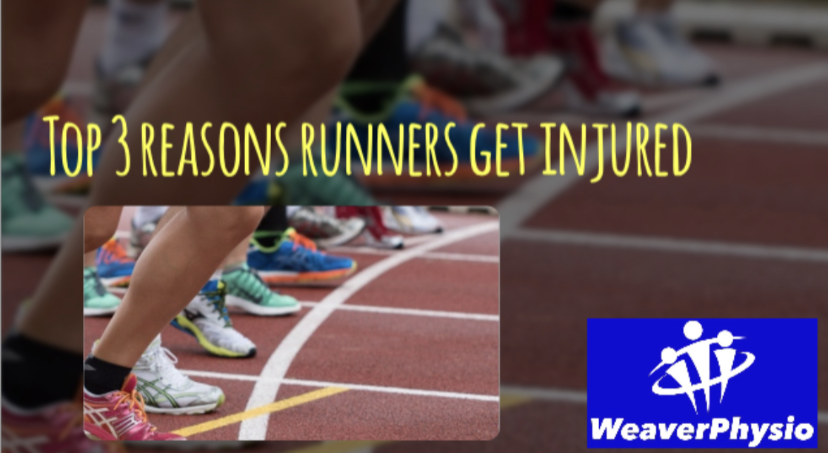Pes Anserinus Bursitis
Causes, Symptoms & Physiotherapy Treatment | Weaver Physiotherapy Northwich
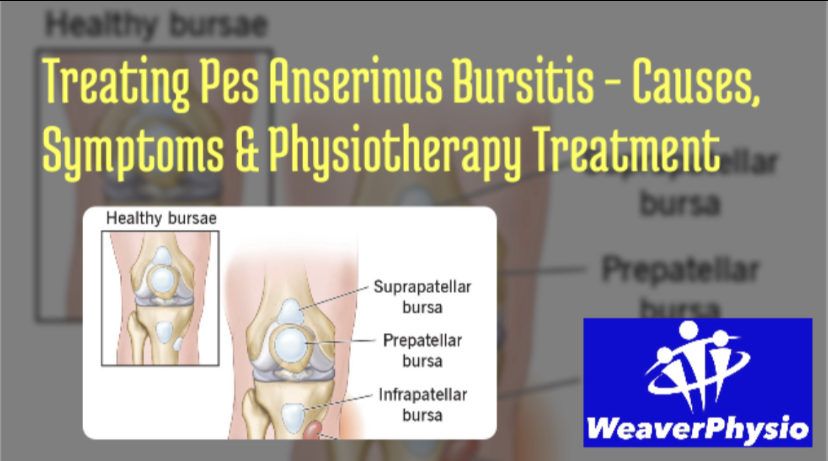
Pes anserinus bursitis is a painful knee condition that affects many athletes, runners, gym-goers, and even people who don’t consider themselves particularly active. If you’ve been struggling with pain on the inside of your knee, especially when climbing stairs, squatting, or running, pes anserinus bursitis may be the culprit.
At Weaver Physiotherapy & Sports Injury Clinic in Northwich, Cheshire, our experienced physiotherapists regularly help patients recover from pes anserinus bursitis using evidence-based treatment, rehabilitation, and injury prevention strategies. This comprehensive guide explains what pes anserinus bursitis is, what causes it, the symptoms to watch out for, and how physiotherapy can get you back to moving pain-free.
What Is Pes Anserinus Bursitis?
The pes anserinus (“goose’s foot” in Latin) refers to the area on the inner side of the shinbone (tibia) where three major muscles of the thigh insert:
• Sartorius
• Gracilis
• Semitendinosus
These muscles converge and attach at the upper inner tibia, just below the knee joint. Beneath this tendon junction lies a small fluid-filled sac called a bursa, which reduces friction between the tendons and the bone.
Pes anserinus bursitis occurs when this bursa becomes irritated and inflamed, leading to pain and swelling at the inner knee.
Common Causes of Pes Anserinus Bursitis
Pes anserinus bursitis often develops due to overuse, biomechanical issues, or direct stress on the area. Contributing factors include:
1. Overuse & Repetitive Stress
• Long-distance running, football, cycling, or any repetitive knee flexion can irritate the bursa.
2. Poor Biomechanics
• Flat feet (overpronation), knock-knees (genu valgum), or weak hip stabilisers increase stress on the inner knee.
3. Muscle Tightness or Imbalances
• Tight hamstrings or weak quadriceps can overload the pes anserinus tendons.
4. Obesity & Deconditioning
• Carrying extra bodyweight puts greater pressure on the knee joint and bursa.
5. Previous Knee Surgery or Injury
• Patients recovering from meniscus surgery or knee arthritis may develop bursitis due to altered movement mechanics.
6. Sports Injuries or Trauma
• A direct blow to the inner knee can inflame the bursa.
Symptoms of Pes Anserinus Bursitis
The pain from pes anserinus bursitis is usually very specific. Patients typically report:
• Pain & tenderness on the inner side of the knee, about 2–3 inches below the joint line
• Pain when climbing stairs, squatting, or rising from a chair
• Stiffness or swelling around the inner knee
• Pain when lying on the affected side with knees together
• Discomfort during running, especially uphill
Unlike arthritis, the pain of pes anserinus bursitis is usually localised and does not involve the entire joint.
Diagnosing Pes Anserinus Bursitis
At Weaver Physiotherapy, diagnosis begins with a comprehensive clinical assessment. This includes:
• Patient history – When the pain began, activities that aggravate it, medical background
• Physical examination – Palpation of the inner knee reveals tenderness at the pes anserinus insertion
• Functional testing – Squats, step-ups, and gait analysis to identify contributing movement issues
• Differential diagnosis – Excluding conditions like medial meniscus tears, medial collateral ligament (MCL) injury, and knee osteoarthritis, which can mimic similar pain
In some cases, imaging such as ultrasound or MRI may be recommended to rule out other knee conditions.
How Physiotherapy Helps Treat Pes Anserinus Bursitis
Physiotherapy is the gold-standard treatment for pes anserinus bursitis. At Weaver Physio, our Chartered Physiotherapists combine hands-on therapy, exercise rehabilitation, and education to treat both the symptoms and the underlying causes.
1. Pain Relief & Inflammation Reduction
• Manual therapy techniques, gentle massage, and modalities such as ice or heat therapy
• Electrotherapy or shockwave therapy (if indicated for chronic bursitis)
• Advice on activity modification to avoid aggravating movements
2. Restoring Flexibility
• Stretching tight hamstrings, adductors, and hip flexors to reduce stress on the bursa
• Guided physiotherapy stretches to maintain knee mobility
3. Strengthening Weak Muscles
• Targeted exercises for the quadriceps, glutes, and hip stabilisers to improve biomechanics
• Gradual progression from bodyweight to resistance-based rehab
4. Gait & Biomechanical Correction
• Video gait analysis at Weaver Physio helps identify faulty running or walking patterns
• Customised rehab plans to address overpronation, knee valgus, or muscle imbalances
5. Return-to-Sport Rehabilitation
• Functional training for athletes including running drills, agility work, and sport-specific conditioning
• Education on warm-up, cooldown, and load management to prevent recurrence
Self-Management Tips for Pes Anserinus Bursitis
Alongside physiotherapy, patients can take steps at home to support recovery:
• Apply ice packs for 10–15 minutes after activity to reduce inflammation
• Use supportive footwear or orthotics if you overpronate
• Avoid sudden increases in training volume or intensity
• Incorporate regular stretching & strengthening exercises into your routine
• Maintain a healthy bodyweight to reduce knee stress
Recovery Timeline
Recovery varies depending on severity, but with the right physiotherapy plan, most patients improve significantly within 4–6 weeks. Chronic cases may take longer, especially if biomechanical corrections are required.
Key to recovery is consistency – sticking with your physiotherapy exercises and avoiding activities that aggravate symptoms until your knee has healed.
Preventing Pes Anserinus Bursitis
Prevention focuses on reducing stress to the knee and correcting risk factors:
• Strengthen hips and core to support knee alignment
• Stretch hamstrings and adductors regularly
• Progress training gradually rather than increasing mileage or intensity too quickly
• Wear well-fitted shoes and replace old trainers before they lose support
• Book a Runner’s MOT at Weaver Physio for a full biomechanical and gait assessment to catch issues before they become injuries
When to Seek Professional Help
If your knee pain is persistent, worsening, or interfering with daily life, it’s important to see a physiotherapist. Ignoring pes anserinus bursitis may lead to chronic pain, reduced mobility, and compensatory injuries elsewhere.
Why Choose Weaver Physiotherapy for Pes Anserinus Bursitis Treatment?
At Weaver Physiotherapy & Sports Injury Clinic in Northwich, we pride ourselves on being Cheshire’s Sports Injury Specialists. Patients trust us because:
• 🏥 70+ years combined clinical experience in physiotherapy and sports injury care
• 🎯 Expert assessment, diagnosis, and treatment tailored to your unique needs
• 🏃 Specialised services for runners, gym-goers, athletes, and active individuals
• ⚡ Access to advanced treatments including shockwave therapy, acupuncture, deep tissue massage, rehabilitation, and gait analysis
• 🌍 Trusted by clients across Northwich, Knutsford, Winsford, Middlewich, Tarporley, Frodsham, and the wider Cheshire area
Whether you’re an athlete chasing performance or someone simply wanting to live pain-free, Weaver Physio is your trusted partner in recovery.
Book Your Physiotherapy Appointment
Don’t let knee pain hold you back. Pes anserinus bursitis is highly treatable with expert physiotherapy. The sooner you seek help, the faster you’ll recover and return to the activities you love.
📞 Call 01606 227484 or visit 🌐 http://www.weaverphysio.com to book your appointment today.
Weaver Physiotherapy – Your Trusted Partner in Recovery, Performance & Pain-Free Living

